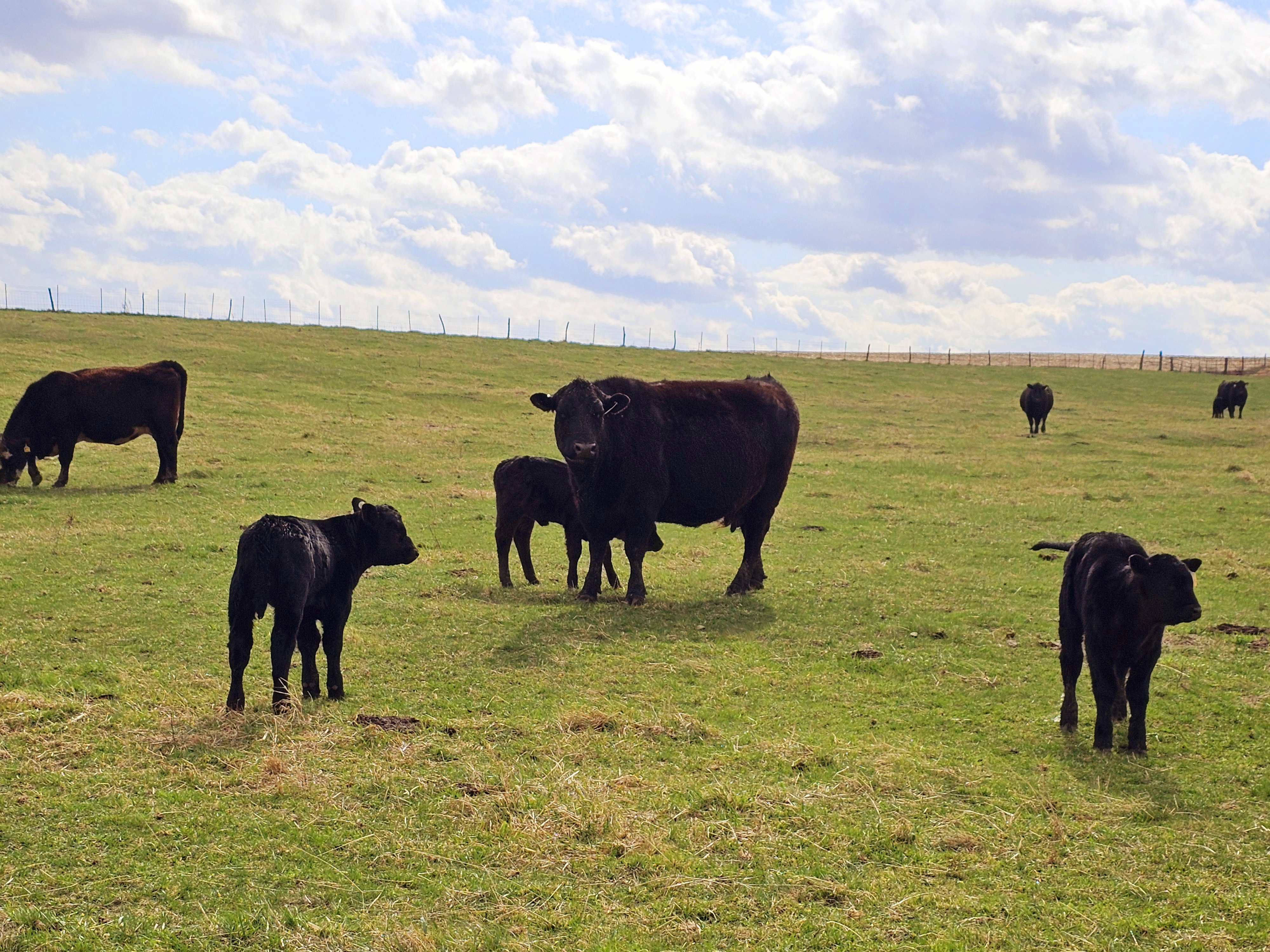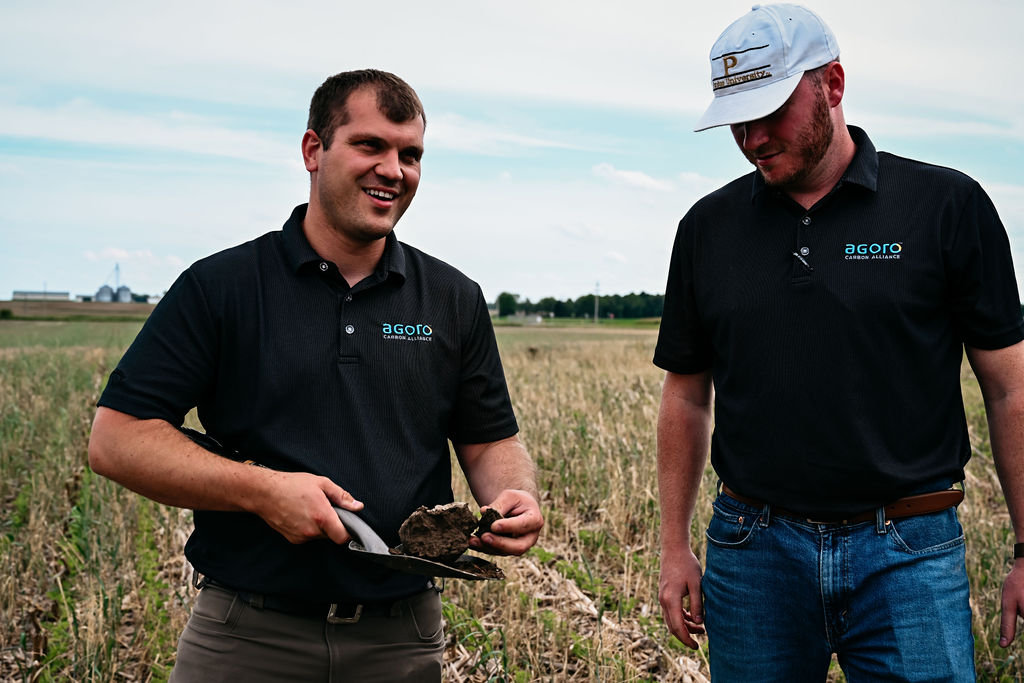In cattle production, biodiversity in pastures is vital for soil health and rancher success. A diverse plant ecosystem provides many benefits including enhanced water and nutrient retention, and increasing resilience to weather extremes. Improved soil health also boosts forage productivity, which can act as a shield against droughts. For ranchers, there’s an opportunity for a new revenue stream through carbon sequestration. This article explores the connection between biodiversity, carbon sequestration, and profitable ranching.
Why should cattle producers care about biodiversity in their pastures and rangeland?
Over time, increased soil organic matter will improve water and nutrient-holding capacity, water infiltration, and root penetration. Improving soil health leads to greater forage productivity and increased resilience to weather events and climate change—whether drought, wind, or too much rain. It also opens the door to a new revenue stream. Through baseline and subsequent soil sampling the carbon sequestration from practice changes, such as adding a species, can be quantified, verified, and sold as carbon credits.
How does increasing biodiversity impact carbon sequestration in the soil?
A biodiverse ecosystem of plants, works to capture carbon from the environment and sequester it within the soil, then cattle consume the grass and forage and their manure can be used to fertilize the plants.
What can ranchers do to improve soil health, and ultimately forage quality and quantity?
- Implementing rotational grazing – helps prevent overgrazing in certain areas, promotes healthier soil by allowing for natural nutrient cycling, and supports pasture regeneration.
- Understanding plant nutrition – knowing the required nutrient levels and adding cover crops along with crop rotation enhance soil fertility and diversify nutrient demands.
- Get agronomic support from Agoro Carbon –by working with a local expert agronomist you can develop a personalized plan for your ranch which includes baseline soil sampling, monitoring, and verification that aligns with your soil health goals.
Integrating these detailed practices into your ranching approach can create a holistic strategy that not only improves soil health but also optimizes forage quality and quantity. The strategic addition of species enhances carbon sequestration potential and creates a new revenue stream for ranchers. Start your journey towards a sustainable and profitable ranching future for generations to come.



